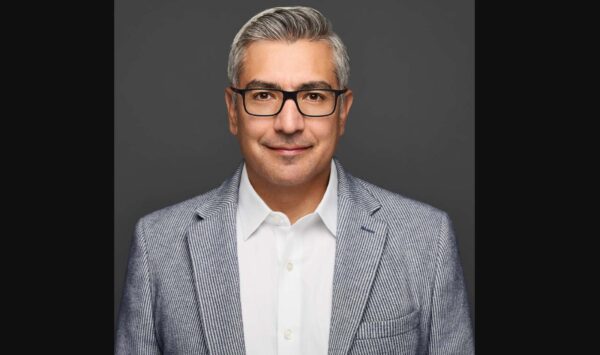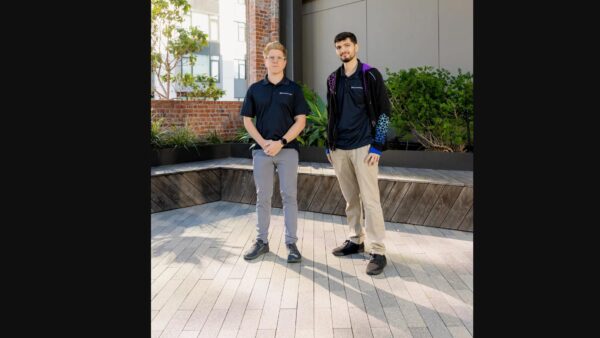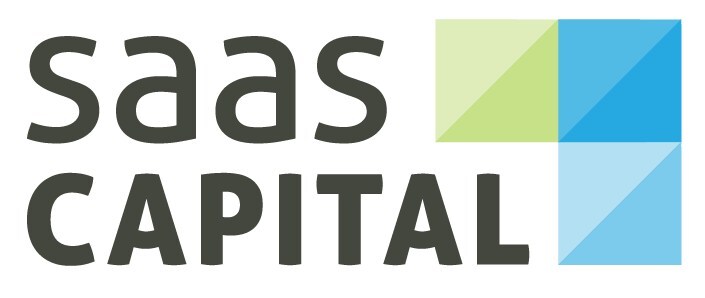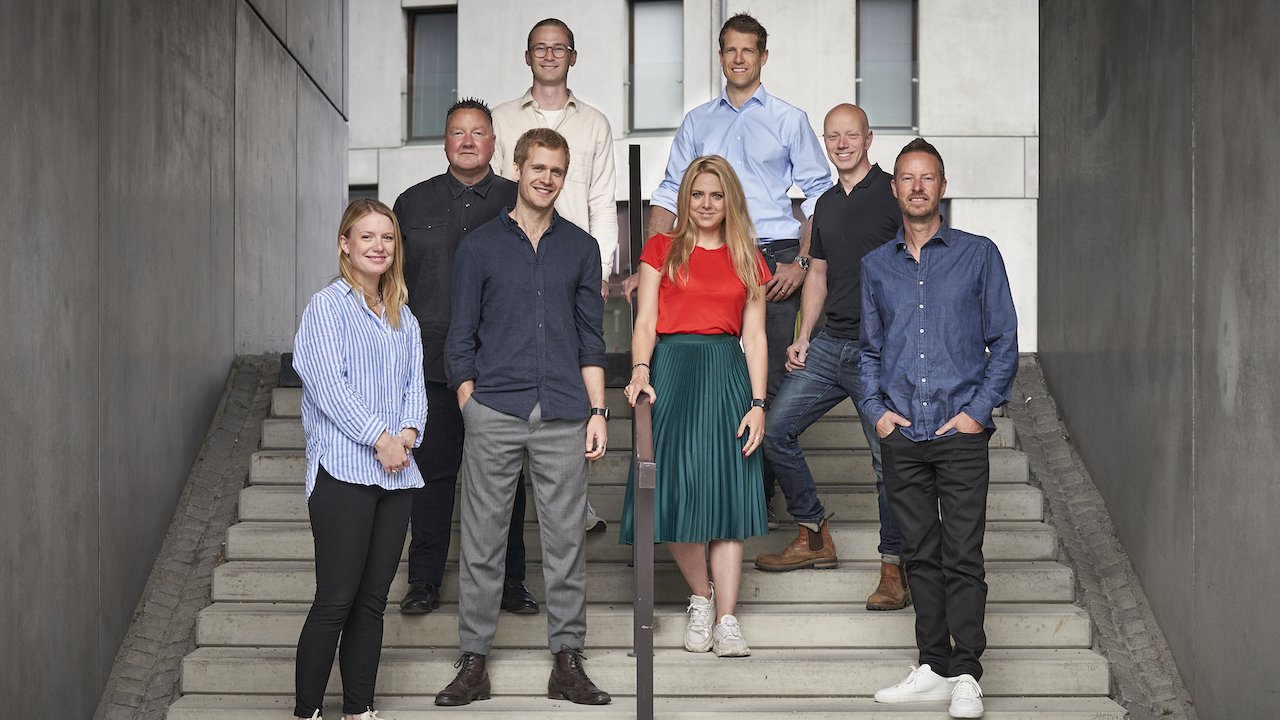In a move that could reshape how software companies scale, SaaS Capital has closed a $100 million Fund V to extend its growth debt model into subscription AI applications. Rather than diluting ownership, the firm is betting on debt structures—tailored for recurring-revenue businesses—to back this emerging frontier.
Debt, Not Dilution: The Logic Behind Fund V
Since its inception in 2007, SaaS Capital (www.saas-capital.com) has offered what it calls “growth debt” to B2B software businesses. Its playbook: lend $2 million to $15 million against reliable revenue streams, not shiny valuations. Fund V leans into that approach—but with a twist. The firm now explicitly invites subscription AI companies into its portfolio, deploying capital to those marrying machine intelligence with software models.
“With Fund V, we can now support an important next wave: subscription AI application companies building durable recurring‑revenue technology businesses alongside traditional SaaS,” says Rob Belcher, Managing Director at SaaS Capital. He frames the debt approach as “founder-friendly, flexible growth capital” that scales with the business without the friction of raising equity.
Alongside Belcher, Randall Lucas, also a Managing Director, emphasizes continuity: “Fund V extends that approach to serve the growing number of teams productizing AI into subscription applications, while we continue to back the core SaaS market.” The firm insists its criteria remain consistent: companies must have at least $3 million in annual recurring revenue, regardless of whether they’re bootstrapped or backed by VCs. \
How the Model Works
SaaS Capital’s debt structures are tied to MRR (monthly recurring revenue). Borrowing availability often scales at 5x to 8x MRR, and repayment timelines extend over multi‑year horizons. Because capital is drawn down only when needed, interest expenses remain leaner than in conventional term loans.
Unlike traditional lenders, SaaS Capital says it doesn’t demand heavy covenants. Its facilities are designed so payments ebb and flow with growth, rather than restricting expansion. SaaS Capital The process is optimized for speed: from initial conversations to term sheet issuance can take just weeks.
Notably, this capital comes without forcing equity dilution—an attractive alternative for founders who want to preserve ownership and flexibility.
The Stakes & the Signals
This fundraise tells us two things. First, debt markets are beginning to lean into software + AI in a material way. By offering non-dilutive capital to subscription AI ventures, SaaS Capital is signaling that these models are no longer fringe curiosities—they’re part of the mainstream.
Second, it underscores how capital efficiency is reasserting itself as a competitive advantage. Equity rounds with sky-high valuations are great headlines—but for many SaaS/AI companies, the path to long-term value lies in intelligently deployed, low-cost capital.
That said, the road ahead comes with its tests. AI subscription firms often bear more complexity—data pipelines, models, inference costs, regulatory scrutiny—than traditional SaaS. SaaS Capital must underwrite not just recurring revenue, but the durability of AI assumptions. Its risk‑assessment frameworks will be put to the test.
Moreover, in a market already crowded with equity backers, debt providers must differentiate. If SaaS Capital can pair capital with domain expertise, founder alignment, and flexible structures, it could become a go-to fixture in the subscription-AI ecosystem.
In short: Fund V isn’t just about dollars. It’s about staking a claim on where SaaS is headed—and betting that the next decade belongs to the AI-native subscription model, financed wisely, not lavishly.
If you need further assistance or have any corrections, please reach out to editor@thetimesmag.com.











